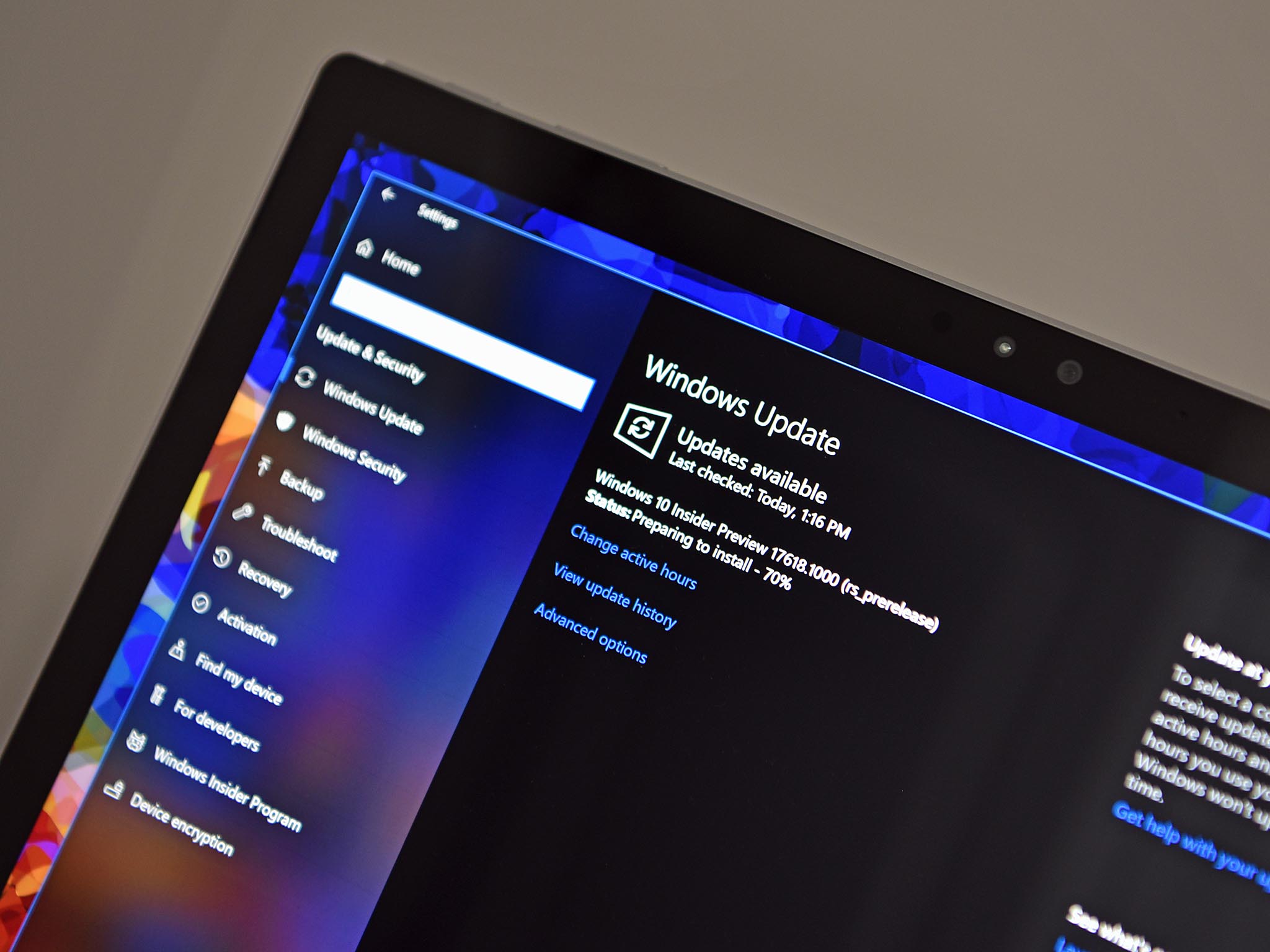Microsoft explains how it will improve quality assurance after Windows 10 October 2018 Update debacle
Now that the October 2018 Update is available once again, Microsoft shared information about how it's improving to make sure future updates don't ship with major issues.

Microsoft has had a rough month when it comes to quality assurance and Windows 10.
The Windows 10 October 2018 Update was pulled just a few days after it started rolling out officially, after a file deletion bug caused a small percentage of users to lose their entire Documents folders.
Since then, Microsoft has been taking this issue very seriously and wants to inform the world on its approach to quality on Windows 10. In a new blog post from Microsoft's Corporate Vice President for Windows, Michael Fortin, the company goes into extensive detail on how it's using data to improve the overall quality of Windows 10 feature updates.
According to Microsoft, during the last three years, the company has seen the volume of support calls and chats drop, as the amount of Windows 10 users increased, suggesting that each new Windows 10 update is more stable than the previous one. The Windows 10 April 2018 Update has the highest Net Promoter Score of any Windows 10 feature update to date, which further suggests that there are fewer issues for users to deal with as each new Windows 10 update rolls out.
Microsoft also detailed how it tests Windows internally, using "self-hosting" as one major way of ensuring quality. Fortin explained:
Internally, Windows has what we call an aggressive 'self-host' culture. 'Self-host; means that employees working on Windows run the latest internal versions on their machines to ensure they are living with Windows. The 'aggressive' part refers to the tenacious push to make sure local teams run their own builds and pursue any issues found. A strong self-host culture is a source of pride for those of us working on Windows.
Windows Insiders are also a huge part of the testing phase of Windows, and the data provided from Insiders helps Microsoft shape the quality of Windows 10 feature updates. Of course, sometimes issue slip through, as one did with the October 2018 Update, but this is the first (and hopefully last) time this has happened with a major release, and Microsoft is upping its game to ensure it doesn't happen again.
Windows as a Service

The company says that it doesn't ship Windows 10 feature updates like it used to ship old versions of Windows. Windows as a Service allows Microsoft to be more agile when it comes to rolling out feature updates to the world, usually targeting a tiny percentage at first before increasing the number of users after there are no initial launch growing pains found.
All the latest news, reviews, and guides for Windows and Xbox diehards.
The first principle of a feature update rollout is to only update devices that our data shows will have a good experience. One of our most recent improvements is to use a machine learning (ML) model to select the devices that are offered updates first. If we detect that your device might have an issue, we will not offer the update until that issue is resolved. Second among our principles is to start slowly – to prioritize the update experience over rollout velocity. When a new feature update release is available, we first make it available to a small percentage of 'seekers,' users who take action to get the updates early.
Finally, Microsoft promises that it's going to be more transparent when it comes to issues like this. Microsoft is notoriously bad at communicating, which is not good when there is a major issue ongoing with a new version of Windows 10. For example, Microsoft was almost dead silent about the October 2018 Update for almost a month, giving us no information as to what's happening, and when or if it would be made available again.
Our focus until now has been almost exclusively on detecting and fixing issues quickly, and we will increase our focus on transparency and communication. We believe in transparency as a principle and we will continue to invest in clear and regular communications with our customers when there are issues.
The October 2018 Update is fixed, and Microsoft is going to extra measures to ensure future Windows 10 feature updates don't roll out with any showstopping bugs. It's apparent that Microsoft is taking this whole thing very seriously, and rightly so. It's unforgivable to ship a version of Windows 10 to the public that has a showstopping bug in it, especially one that was spotted by Insiders beforehand.
The Windows 10 October 2018 Update is rolling out once again for seekers, so if you want the update now, make sure you check for updates in Windows Update.
What are your thoughts on the October 2018 Update debacle? Let us know in the comments.

